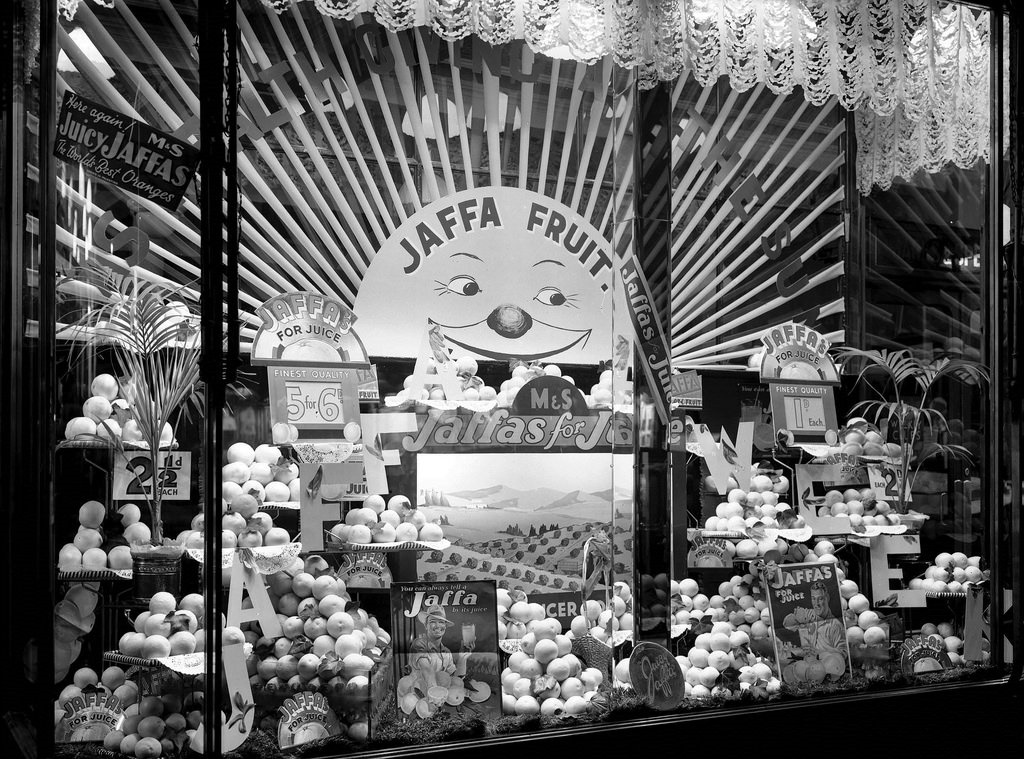The Old Castle pub, Castle Street, Bristol

The ‘Old Castle’ tavern, one of the oldest buildings in Castle Street, and chiefly constructed of wood, was destroyed by fire on the night of the 6th September 1843. The occupier, Mr. Thomas Worthington, who was an invalid, perished in the flames, and one of his relatives afterwards died from the effects of her injuries.
This public house replaced it and stood at No.53 Castle Street, Bristol on what is now Castle Park before the area was blitzed during WW2 on the right is an archway leading to Castle Basket Works - The landlady at the time this photograph was taken was Mrs. E.D. Griffin and the Brewery was Bristol United Beers later to become Georges Brewery.
At number 71 Castle Street was another pub - Standard of England - Public House
George Williams bought the pub during the last quarter of the nineteenth century and, in order to have some money on his retirement, sold it to the Bristol United Breweries in 1917. His son, Fred Williams, then took over the running of the pub as Manager and Licensee on 4 June 1917. He continued to do so until the 13 September 1939 when he tragically died and his widow, Daisy (Charlotte Elizabeth), took over as the Manageress and Licensee.
Following the outbreak of the Second World War, the blackout restrictions and curtailed public transport meant that many city-centre pubs were quiet in the evenings, and by November 1940 there was only Daisy and one other employee, barman Alf Bloomer, working at the pub.
It was unusual for Daisy to go out on Sunday, but the night of Sunday 24 November 1940 was an exception. Leaving Alf to open up at 6.30 p.m., she had gone to Filton Park to see her daughter, Renee, and whilst there the air-raid sirens sounded and she spent the night at her daughter's. Back at the pub Alf had just opened when the air raid began so he sought shelter in the cellar of the pub, the stairs to the cellar being towards the back of the bar. At about 7.30 p.m. there was an almighty thud and the back wall of the pub fell out.
Alf came up the stairs and made his way through the bar towards the front door when he fell over something - he lit a match to find out that he had tripped over an unexplocled bomb. He went outside, where he was surrounded by burning buildings including Jones Hardware Store next door (the nightwatchman for Jones had phoned the Fire Station to tell them the building was on fire!). Alf and the nightwatchman went back into the pub to look at the bomb, but a Fire Warden then arrived and told them to go to the nearest air-raid shelter, which was at the far end of Cock and Bottle Lane opposite the pub.
At about 9.30 p.m. the bomb exploded and the pub was completely destroyed. Meanwhile, back at Renee's house in Filton Park, Renee received a phone call from a friend giving the bad news about the bombing of the Standard pub and the friend feared that Mrs Williams had... 'Just a minute,' said the daughter, 'here's mother to talk to you'!
Daisy Williams, like many others that night, lost everything except the clothes she was wearing. What a sad sight it must have been when she saw the bombed remains of what had been her home and workplace for the past twenty-three years. However, Daisy was soon running another pub in order to earn a living and took over The Portcullis in Clifton on 26 March 1941, remaining there until April 1949 when she retired.

















































